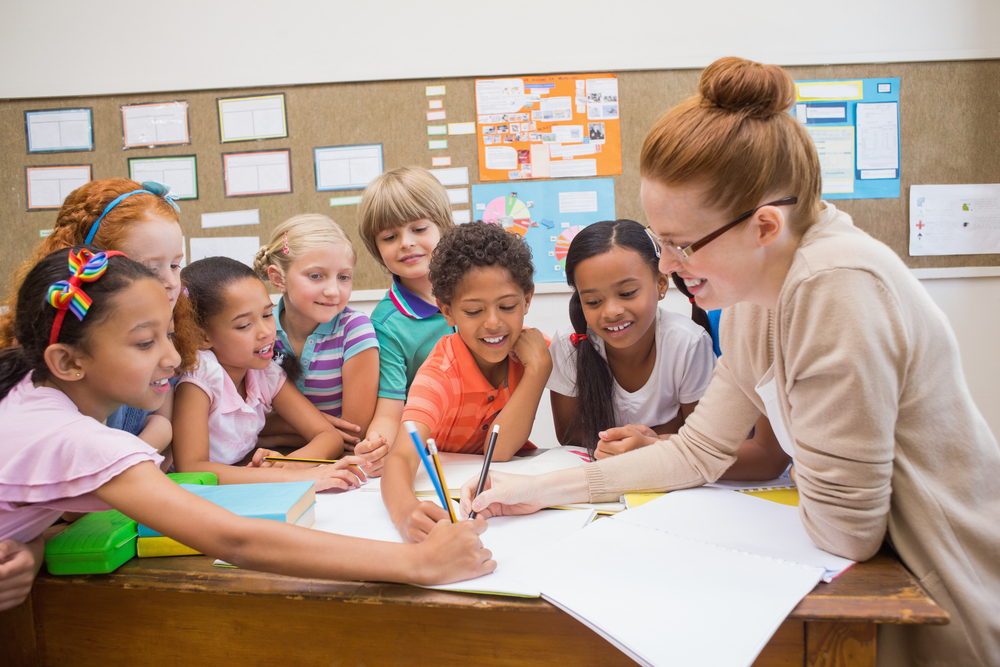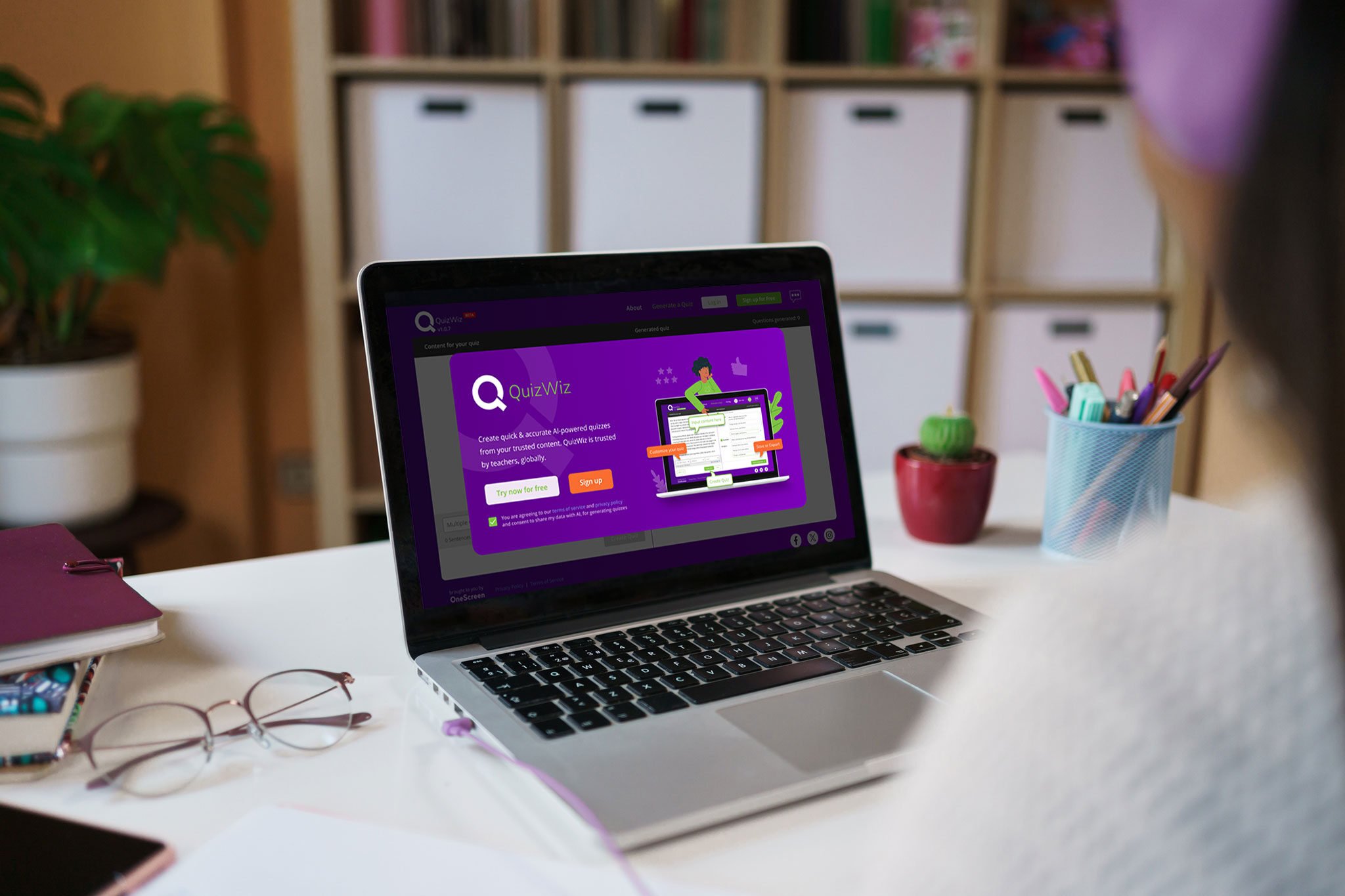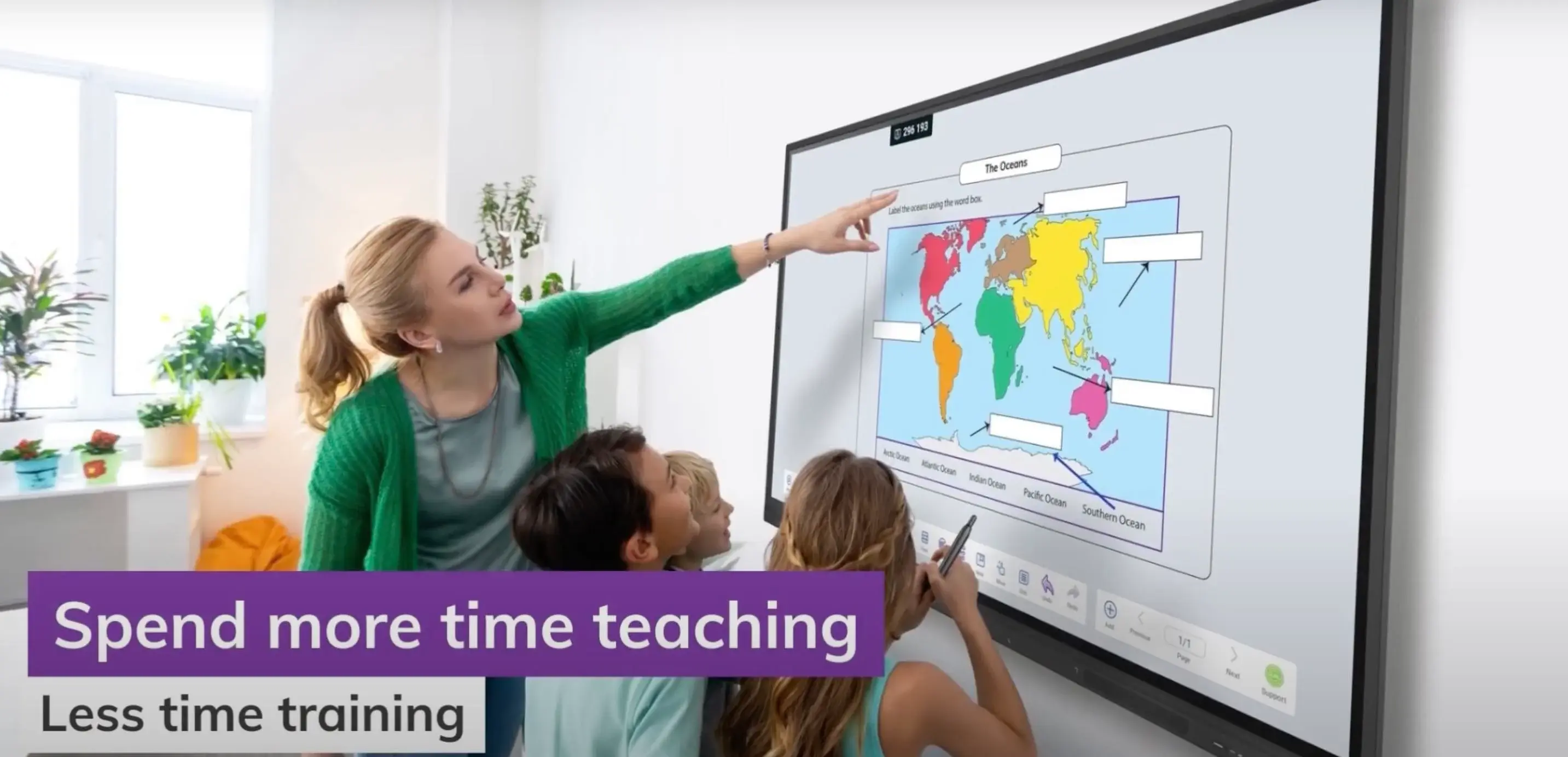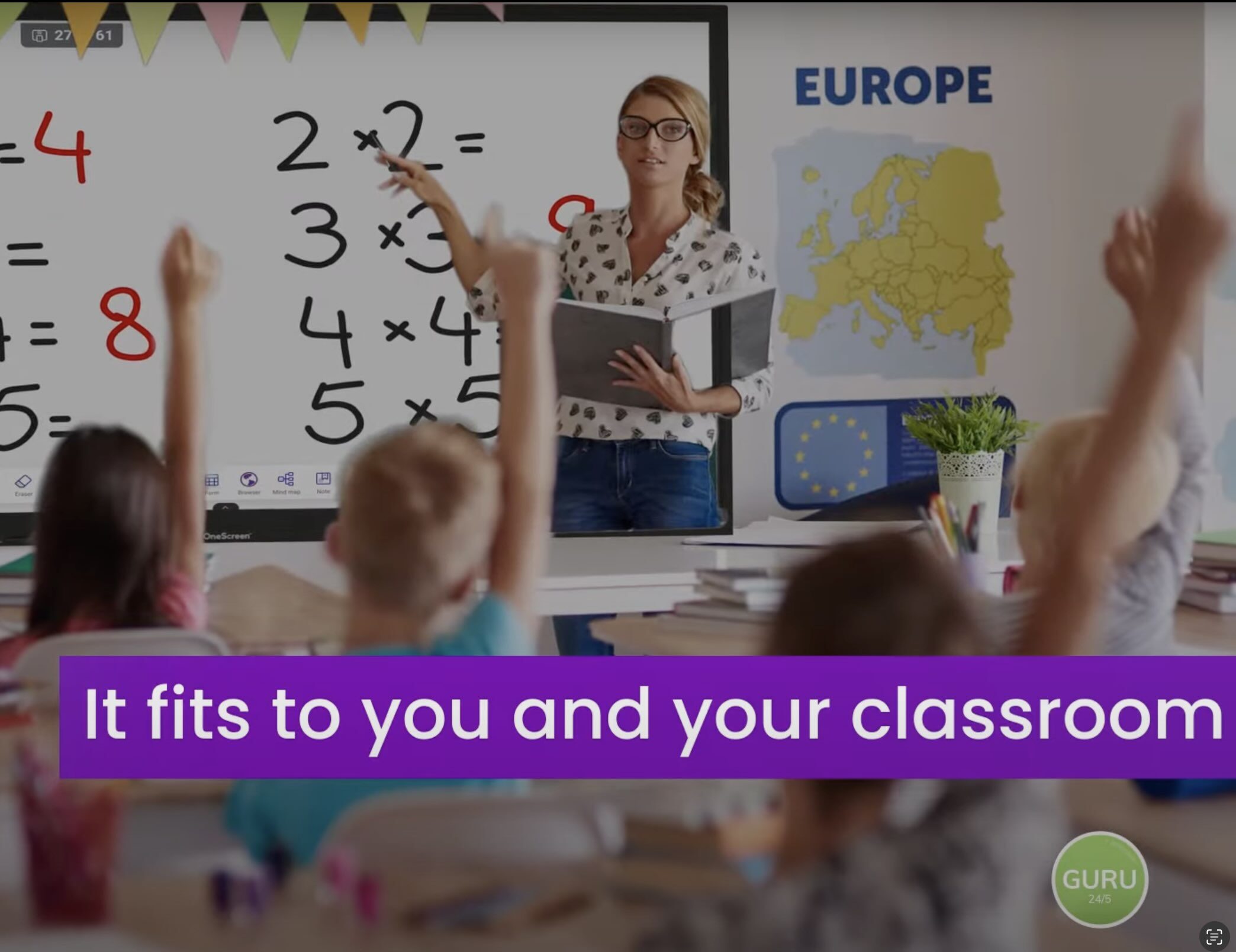
In our first blog in this series, we looked at 3 ways schools are reacting to the need for more teachers:
- Alternative certifications to bring in new experiences and jumpstart careers for teachers in training.
- EdTech that allows teachers to lead multiple classrooms at a time, sometimes at two schools in the same district that are many miles apart.
- Online charter schools are attracting an abundance of high quality teachers looking for greater schedule flexibility.
Today, the subject is an entirely original way of organizing students based on individual learning styles and 21st century logistics.
Understanding logistics for better learning outcomes
As detailed in EdNews Daily, the Hybrid Logistics Project, created by The Learning Counsel, is the application of new developments in supply chain science for more effective learning outcomes – at the level of the district, the school and the individual students.
For the past 2 centuries, US schools have been organized into grade levels and home rooms, with cohort-style groups of students receiving basically the same spoken lessons from a teacher and then individual evaluation through homework and testing.
The Hybrid Logistics Program sets all that aside to begin with the question: “What do we want schools to do?”
- Parents want to see individual learning gains for their own children.
- Teachers want to spark the joy of learning for individuals but keep track of student success at an aggregate level.
- School and district leaders want to publish outcomes like higher overall test scores and student enrollment numbers.
The traditional organization is a just relic of 19th century society rather than the most effective way to achieve those goals.
Instead, think of students at an amusement park. They come together in groups for some rides, then they split off into smaller groups for other attractions or even go it alone to pursue a special interest.
The Amazon effect in education
Like the spoke-and-hub organization that vastly increased the number of locations available for air travel in the 1980s and has made it possible for same day delivery from sites like Amazon, the next version of schools could maximize both essential learning for large groups and personalized learning plans for students who need to work at their own pace.
The benefits cited by the Hybrid Logistics Project include:
- Exponentiate the reach of teachers with precision skills
- Address the growing need for teachers in all subjects, especially STEM
- Personalized learning for greater inclusion and equity
- Much more intelligent use of school spaces and teacher scheduling

In our next blog, we’ll look at examples of how this approach works in the real world and what that has meant for measurable education outcomes.
Learn more about The Hybrid Logistics Project.
For more info on the most advanced classroom tech that was built to promote flow and reduce friction for accelerated learning, check out the TL7 Touchscreen.




 Get a live demo now!
Get a live demo now!


